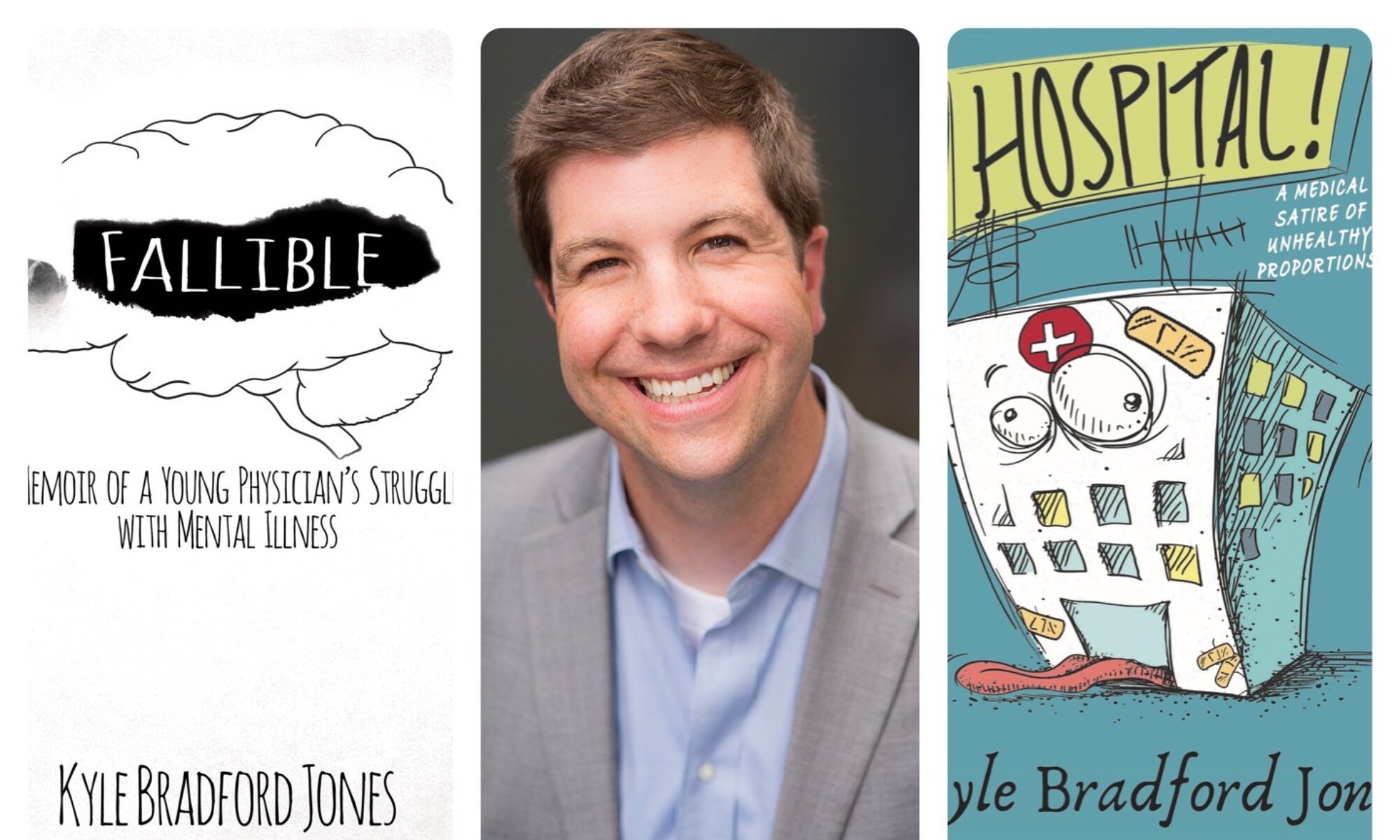My main assertion is that if people and society are not going to pay life-savers that which a life saved is worth, or even what they gladly pay for a new hip, pair of breasts or luxury shoes, that at a minimum they hold emergency physicians, nurses, EMTs and other emergency service workers in the highest regard.
–Birdstrike, MD
Let’s focus on other factors that have a much bigger impact on health costs: wasteful spending and administrative overhead, for instance. Those comprise a much larger slice of the health cost pie, and dwarf the sliver that physician pay represents.
–Kevin Pho, MD
It’s about time that these greedy doctors get smacked down for being the financial rapists that they are. Medicine in this country is the biggest, most destructive SCAM going on today. Doctors think they are entitled to RIDICULOUS amounts of money for simple routine procedures.
– Johnathan Blaze
A lot of debate comes up nearly every year over a few different questions regarding physician payment. Do physicians earn too much money? Is there a maldistribution of income among specialties? Does physician income contribute to such high health care costs in the US? Multiple opinions abound, and multiple economic studies have been done to try to answer the question; they give much more insight to the question than I could do (and many are linked to below). But in short, the answer to all of these questions is yes and no.
Lots of people believe that “greedy doctors” are to blame for our exorbitant health care costs. After all, physicians in the US make about double than those in many other Western countries, though the amount of services provided is roughly the same. Some studies suggest that physician income does significantly contribute to our inordinate health care spending, though others refute that.
Ideas of covering malpractice premiums and paying off student loans are some of the most cited reasons for higher pay, though those don’t make up for the gap between us and other countries. Malpractice premiums as a whole declined from 1986 to 2000, but all other practice expenses increased during that time, leading to lower net income. The threat of malpractice definitely takes an emotional toll, and defensive medicine is a real concern, though frankly the financial impact of malpractice on the US system is much less than would be guessed by most physicians.
Doctors are reimbursed at a higher rate than is needed to “merely” pay back student debt, though the notion that physicians can “pay off that debt in five or so years” is preposterous for most. The median cost of 4 years of medical school in the US is $286,806 which certainly eats into any income, but the fact is that malpractice and debt do not make up the difference between pay in the US and elsewhere.
Physicians give up many prime years of income, as many college educated young adults in their late 20s and early 30s are making reasonable amounts of money on which to live, while physicians are essentially paying a similar amount of money during that time. Physicians also work many more hours than the average worker, both during training and after, contributing to a lower amount of earnings per time spent working. This contributes to a significantly lower rate of return of a medical education as compared to a MBA or law degree.
The remaining difference likely comes from a disparity between the take-home pay of physicians and the median income in the US. Interestingly enough, this may be the biggest factor that explains the difference in pay as compared with physicians in other countries. Even though physicians in the US are paid several multiple times of GDP per capita above the average worker, it is the same in other Western countries. Our income looks so much larger than doctors in other countries simply because there is a greater income inequality in the US, and thus those earning over the 95th percentile in the United States will have a much higher income than that same position in another country.
There is also a big issue of varying pay among different specialties, with lots of data showing that underpaying primary care physicians, who provide the best health care value, contributes to higher costs, though in a more indirect way. The exact info on that is a topic for a future blog.
Physicians make a lot more money in the US than elsewhere, and it is not all explained by the common beliefs of student loan debt and/or malpractice insurance. As the whether or not physicians are paid enough, there will never be an appropriate answer. I am always willing to take on a raise, but the cost of that raise coming from elsewhere may not be worth it over the long haul to society. No non-physician is going to allow any whining over not being paid enough. In the end, “Physicians are the central decision makers in health care. A superior strategy might be to pay them very well for helping us reduce unwarranted health spending elsewhere.”
